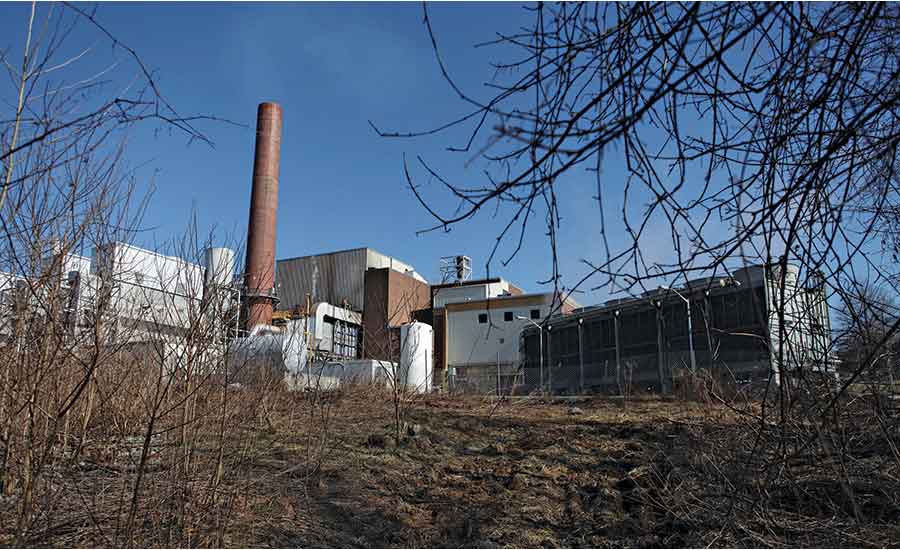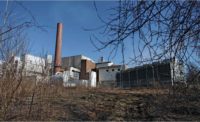When former Harrisburg, Pa., Mayor Stephen Reed (D) and his aides set out to retrofit the city’s aging incinerator in late 2000, the project spun out of control over the coming years, enlarging the debt the city owed on the facility to $300 million and sinking Harrisburg into financial ruin.
In April, a state official in charge of the city’s finances reported that Harrisburg was recovering well. But that same month, a state grand jury issued a report that cast a newly critical eye on the role of engineering firms in the project. The report and other public documents describe the chain of events that led Reed and city officials to fire an engineering firm that questioned the feasibility of the project. The city then contracted with engineer-architect Buchart Horn, which produced a technical and financial study.
"With so many professionals reviewing the projections to move the project forward, why did not one question the numbers?” the grand jury asked.
Buchart Horn’s study used information from the project’s key contractor, Barlow Projects, without questioning Barlow Projects’ projections. “With so many professionals reviewing the projections to move the project forward, why did not one question the numbers?” the grand jury asked. Buchart Horn’s current CEO, Brian S. Funkhouser, strongly denies this, saying the city was aware the study’s numbers were all “based on Barlow projections.”
The original, $73-million project involved Colorado-based Barlow Project’s boiler-and-stoker design, which, according to published accounts, used high-pressure blasts of air, instead of mechanical grates, to churn the waste and control the burn. First elected in 1982, Reed had an early success in his mayoral tenure in retrofitting the facility with a turbine to generate power. But by 1995, the city faced the challenge of bringing the aging incinerator into compliance with stricter Environmental Protection Agency rules.
Skeptical Analysis
According to a broad criminal complaint the state filed against Reed, David Brinjac, a principal of Brinjac Engineering, which has a Harrisburg office, had performed work on the turbine, installed in the 1980s. Brinjac responded to a 1995 owner’s request for proposals on the feasibility of bringing the incinerator into compliance. Brinjac pointed out serious financial risks for the city and the Harrisburg Authority, which owned the incinerator and had at that time $80 million in debt.
The criminal complaint said Brinjac and his colleagues informed Reed and his executive staff that the project was very risky and that Reed answered, “Thank you. You are fired.”
The city in 2003 then turned to Buchart Horn to evaluate specific aspects of the project in a $48,000 report covering Barlow’s experience, project costs and details on tip fees, steam sales and expenses. According to a 2012 forensic investigation carried out for the Harrisburg Authority, Buchart Horn’s report demonstrated that the retrofit could not generate cash flow sufficient to service all the facility’s new and existing debt. But “Buchart Horn’s conclusion was that there was no major drawbacks to the project,” the forensic investigators said. Buchart Horn’s Funkhouser says his firm’s review of only the technical merits of the project found no major drawbacks, but that it also noted the incinerator’s existing debt burden. Buchart Horn only predicts that, “in the worst-case scenario, the project will pay for itself,” says Funkhouser. Barlow in 2009 settled a lawsuit filed by the city, as did Burns & McDonnell, which Barlow had hired. Buchart Horn says it was never sued over the matter. Reed earlier this year pled guilty to misuse of city property unrelated to the project.
Until the Harrisburg project, Barlow had successfully used its proprietary design only for waste-to-energy incinerators capable of burning 50 to 100 tons of waste daily; the Harrisburg incinerator was to be capable of consuming 800 tons of waste daily. Scaling up the Barlow technology amounted to proving an untried technology. During the work, steel prices rose and a key subcontractor defaulted. The result may go down as one of municipal public works’ worst mistakes.






Post a comment to this article
Report Abusive Comment